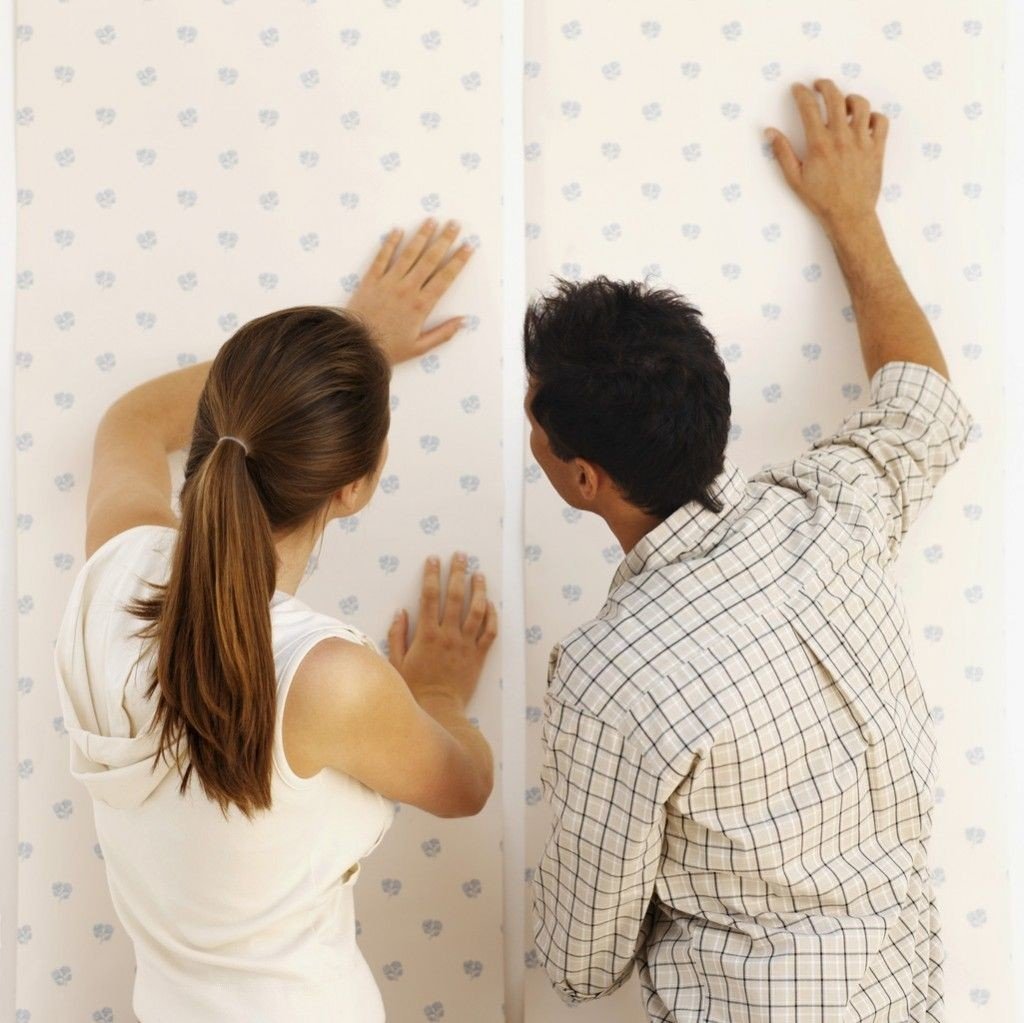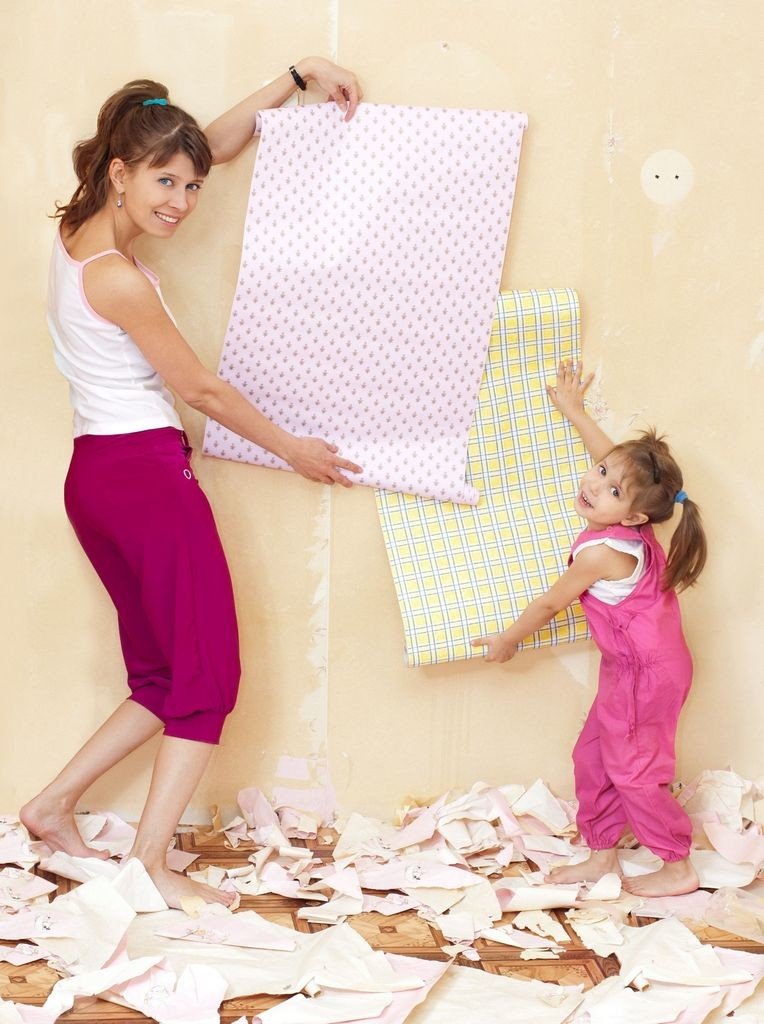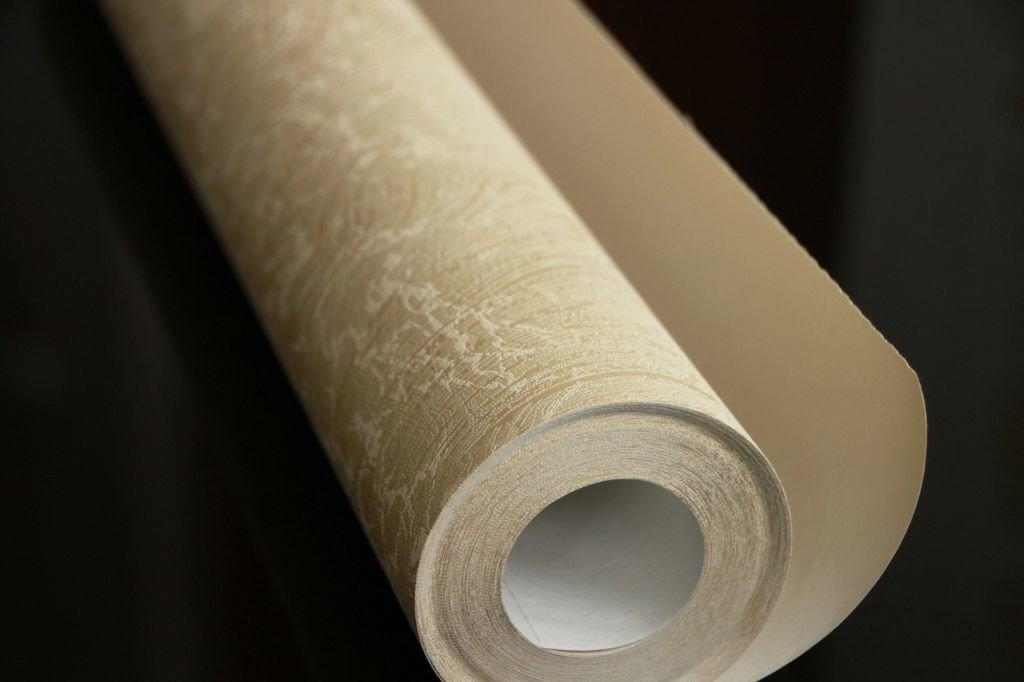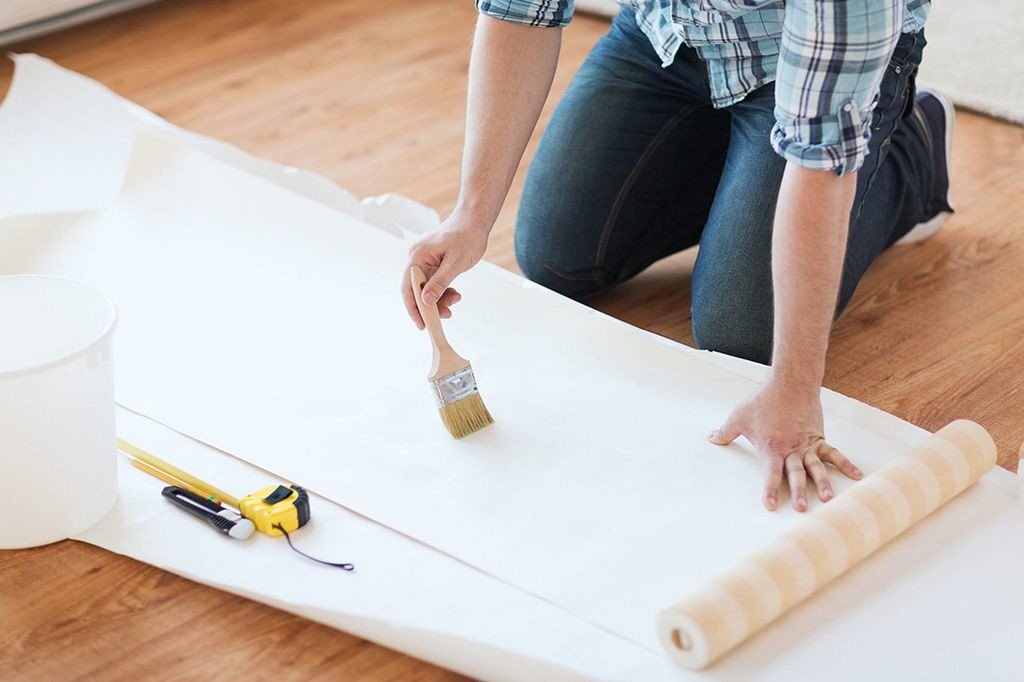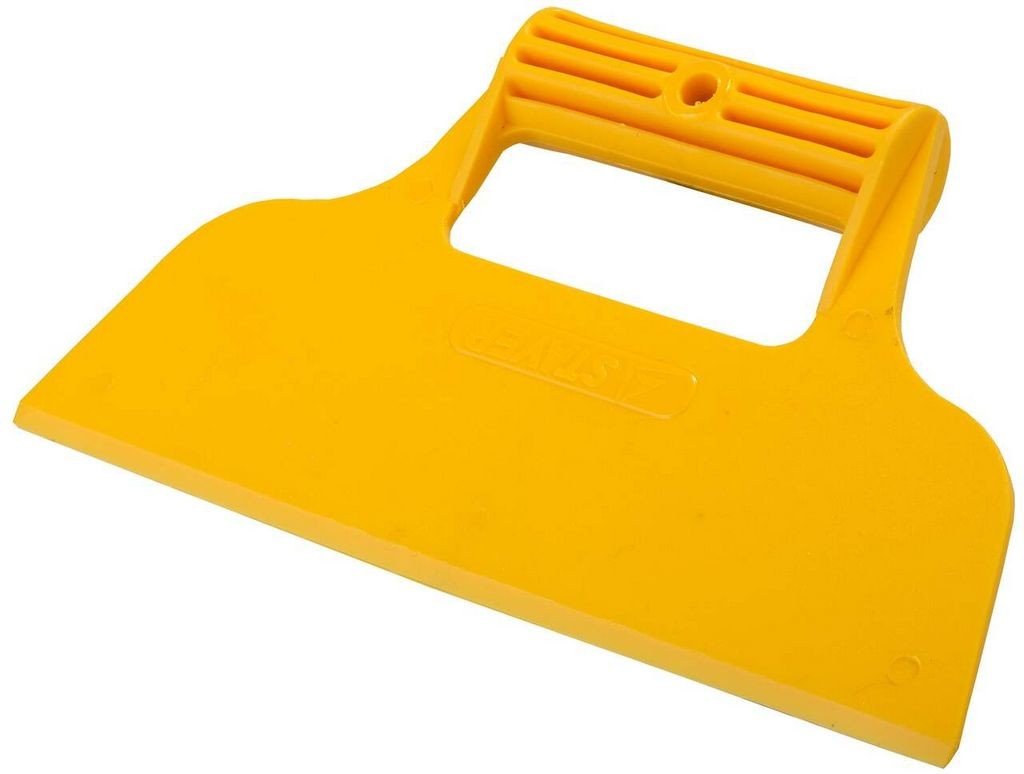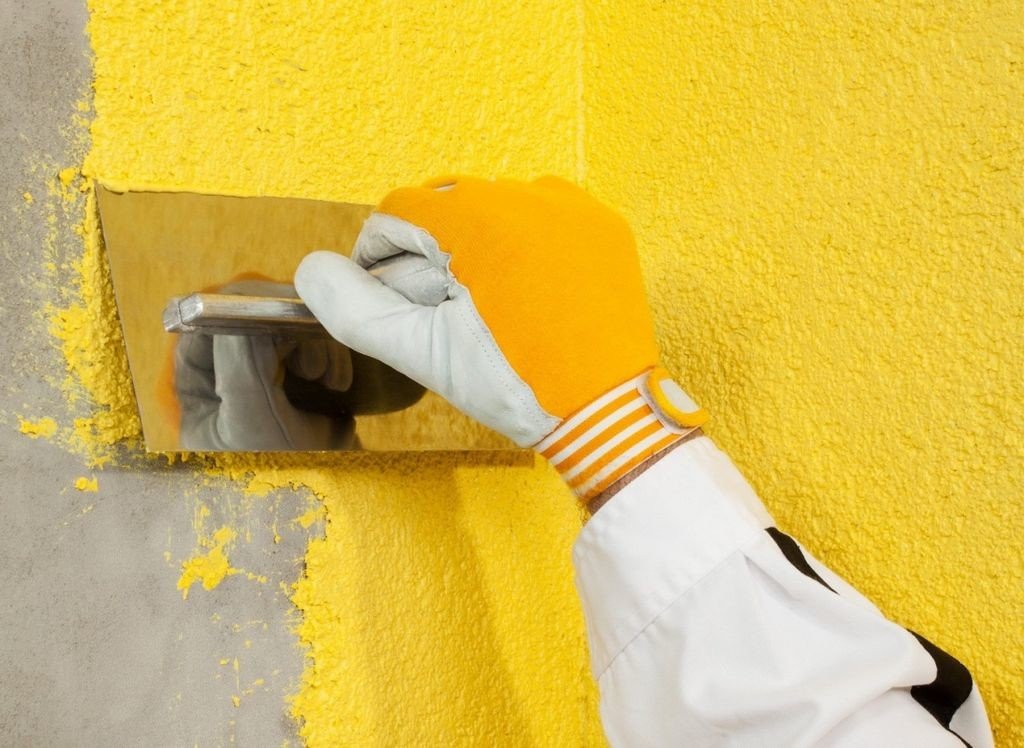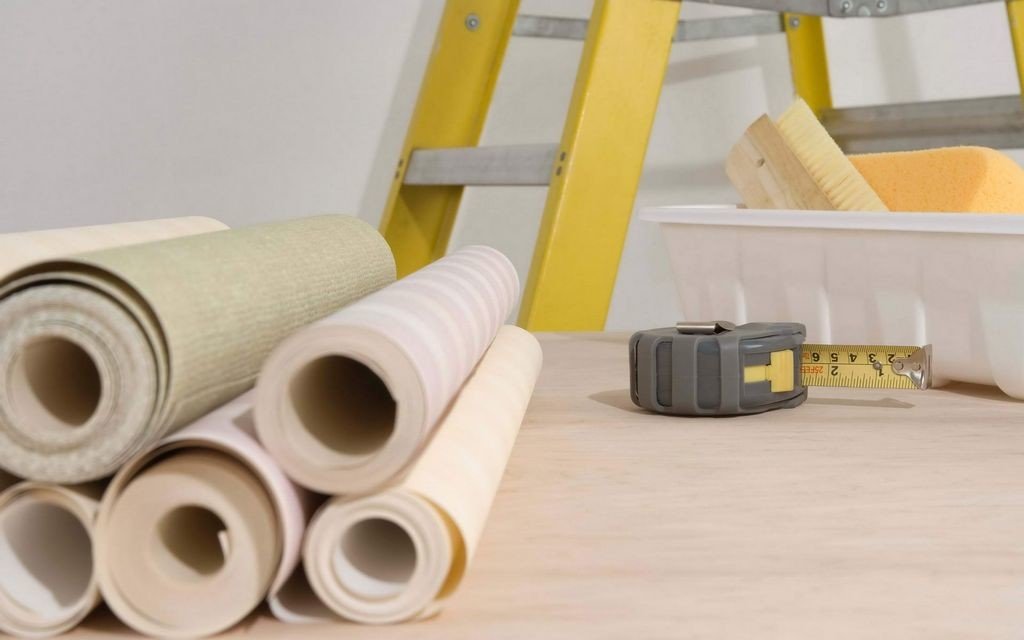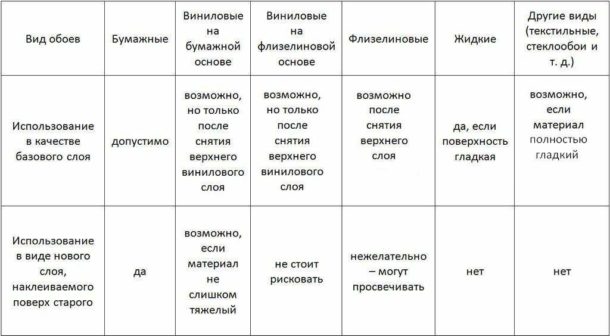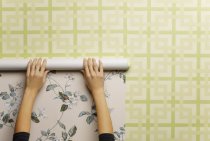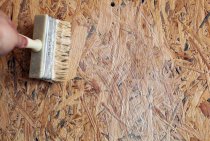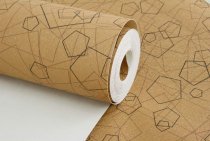Tired of old wallpapers? So, it's time to update the look of the room and start an easyredecorating. The process of sticking wallpaper material itself is simple and does not take much time, the most tedious and time-consuming part of the work is often the removal of the old coating and surface preparation. Against this background, a natural question arises: is it possible to glue wallpaper on old wallpaper, and if so, in which case?
To get a decent result, the old canvases are removed, the wall is leveled, degreased and primed. But to save time, effort and finances, the preparatory stage is sometimes omitted by gluing new wallpapers onto the previous ones.
When can I glue new wallpaper on the old
In principle, it is possible to apply material to an already pasted wall, but only under the following conditions:
- the existing finishing material, on top of which it is planned to mount a new one, must be paper;
- previously glued canvases must be firmly attached to the wall, not move away at the joints and not have defects;
- the surface on which new strips will be glued must be smooth, without a relief pattern;
- it is highly desirable that the old material be thin and single-layered.
The requirements for an already applied wallpaper coating and the rules for gluing photo wallpapers on it are described in separate article.
New wallpaper for vinyl flooring: is it possible or not?
Attach new wallpaper directly to vinyl sheets it is forbidden. Regardless of the type of adhesive you choose, it's likely that it just won't work because the synthetic coating is water-repellent. This is especially true for washable wallpaper. In addition, most vinyl materials have a textured pattern that will show through a fresh layer of finish.
However, there is still a chance to avoid the complete elimination of such coverage. If, after removing the vinyl wallpaper, it was possible to remove the top PVC film, and the remaining paper or non-woven layer does not want to tear off and firmly adheres to the wall, it is also allowed to glue a new canvas on it.
On non-woven wallpaper
With pure interlining, things are as follows. With a two-layer material, the top layer should be easily removed. A smooth thin coating will remain on the wall, consisting of 70% cellulose. If it holds firmly, new canvases can be glued onto it.
Assessing the degree of risk
Before gluing wallpaper over an old coating, take into account the possible risks and disadvantages of this method:
- the quality of the fit of the canvases is reduced, as well as the service life of the new coating;
- under several layers of material increases the likelihood of developing mold;
- there is a high risk of surface defects such as "bubbles" and partial peeling;
- the old coating, soaked after applying the adhesive, can stain the new canvas.
Given these points, it is worth considering whether it makes sense to glue such expensive types of wallpaper on an unprepared wall as silk-screen printing or non-woven fabric.
How to choose material for pasting on old wallpaper
What wallpaper is suitable for gluing over the previous ones? When choosing, the intensity of the color and the brightness of the pattern on the old canvas are taken into account. If the new gluing material is lighter than the previous one, then the color of the bottom layer will show through. The following tips will help you choose:
- The material is selected darker than the coating glued earlier.
- Too thin canvases are not suitable, the old pattern will show through them.
- Non-woven wallpaper cannot be used for the top layer: they often have a translucent structure.
- Handle vinyl material with care as it is quite heavy and there is a risk of it falling off the wall along with the base layer.
- It is better to stay on a canvas of embossed paper, as in the next photo: on a smooth surface, possible flaws will be especially noticeable.
Gluing rules
To successfully glue selected wallpaper material on already pasted over walls, use the following recommendations:
- Be sure to make sure that the old canvases are securely held. You can slightly moisten the surface, and then tear off pieces of material extending from the base. More often problem areas are the joints of the paintings - inspect them most carefully.
- Do not rush with sticking - start with one strip, wait until it dries. If everything is in order, then the check was successful and you can continue working.
- Limit the amount of adhesive - it should be sufficient, but not excessive. If you apply too much glue, the sheets will become wet, heavy and may fall off after some time after gluing.
- During work, avoid air movement and drafts. It is unacceptable to use a convector, fan or air conditioner, windows and doors must be closed.
Important! If a small amount of bubbles appear on the surface after gluing, do not despair. You can try to smooth them out with a special spatula or even a simple iron. No need to be too zealous - after the surface has completely dried, they can smooth out by themselves.
What to do with liquid wallpaper
After we have dealt with the paper, vinyl and non-woven base, we will find out whether it is possible to glue new canvases on liquid wallpaper. This is essentially not a wallpaper in the standard sense, in terms of properties they are more reminiscent of decorative plaster, with a paper web they are related by the presence of cellulose. Since this material, applied in a layer of a few millimeters, creates a fairly even surface, it will serve as a suitable base for gluing a new finish. In addition, the cellulose will absorb some of the water from the adhesive, which will also help the material adhere well.
In order for everything to work out as it should, consider a few important points:
- The layer of liquid wallpaper should not be damaged, any flaws must be corrected.
- If there are voids under separate sections of liquid wallpaper, they must be opened, smeared with glue and the surface dried.
- A primer applied to the wall will significantly improve the adhesion of materials.
- The relief structure of liquid wallpaper can cause poor-quality results; the new finish will look good only on a smooth base coat.
- On a surface with a pattern, it is better to glue a dense material of a saturated or dark color, but not light.
Thus, when figuring out whether it is possible to stick wallpaper on a previously pasted surface, you need to start from the type of material that is now on the wall.
The following video will help you understand the nuances of sticking new wallpapers on old ones.
